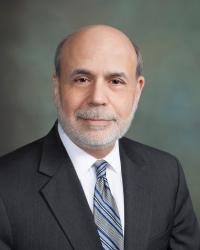

Research
BPEA | 1993 No. 2

1993, No. 2
THE PROTRACTED WEAKNESS of the U.S. economy that began in 1990 (earlier by some measures) has raised once again some long-standing questions about the relationship between economic activity and the short-term credit markets. To what extent did the unavailability of financing from banks and other traditional short-term lenders either help cause the recession or, once it ended, account for the exceptionally anemic recovery? Did the protracted slowdown in all kinds of lending-illustrated in figure 1 by the weakness in lending by banks and other depository intermediaries-merely reflect the absence of loan demand from conventionally creditworthy borrowers, or was it also due in part to some “supply” phenomenon that restricted lenders’ ability, or willingness, to advance credit? Among familiar possibilities in this regard, how important was the impairment of banks’ capital positions due to real estate losses? Or the apparent toughening of attitudes among bank regulators and examiners? Or even something as specific as the Basle agreement mandating an 8 percent capital ratio on a risk-adjusted basis? And if there was no significant new impediment to lenders’ willingness to supply credit, what other aspects of financial market behavior accounted for the extraordinary slowdown in lending activity during this period?